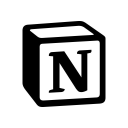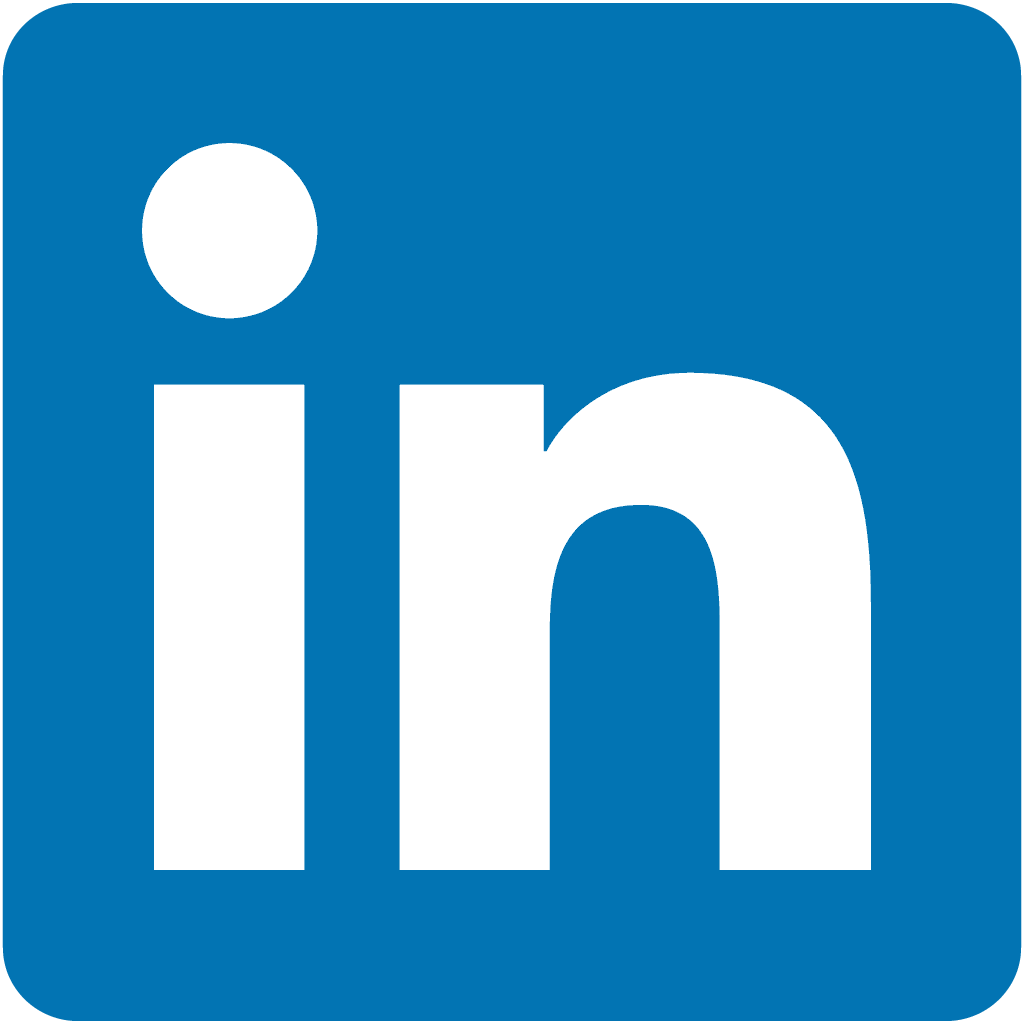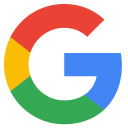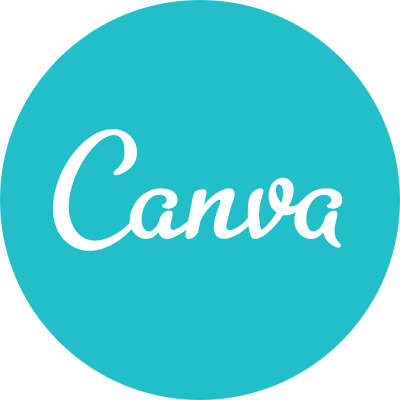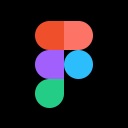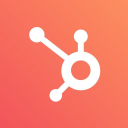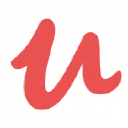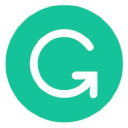Our SaaS Went From $9.4K to $200K MRR, In Under Five Years [Update]
This is a follow up story for UserGuiding. If you're interested in reading how they got started, published almost 5 years ago, check it out here.
Hello again! Remind us who you are and what business you started.
Hi there! I’m Osman Koc, co-founder and CEO of UserGuiding. UserGuiding is an all-in-one product adoption platform that we started in 2017 with my fellow co-founders, Muhammet, Alican, and Mert. But you already knew that from our interview in 2019, which was a perfect picture of our humble beginnings.
What you might not know is that UserGuiding is now an all-around tool with Surveys, Product Updates, Resource Centers, and other functionalities that go beyond what we first envisioned with Product Tours back when we had our first interview.
Coincidentally, we are now making $200K/month with a firm grasp on the Brazilian market; we work with the biggest companies in Brazil and have a dedicated team of 4 there. We even had a huge New Year party in Brazil with 100+ people and had one of David Copperfield’s protégés do a magic show. It was a blast!

Tell us about what you’ve been up to. Has the business been growing?
It sure has been. When we first talked - I remember it was December 2019 - UserGuiding’s MRR was $9.4K. Today, we are looking at an MRR of $200K. Now, I did say we were going in for another investment round of $1.1M, and we ended up getting it not long after we had our chat.
Utilizing that investment right was a make-or-break situation for UserGuiding, so we did just that and utilized it right by:
- Expanding our inbound efforts,
- Hiring people in senior positions for each of our teams,
- Boosting our paid marketing budget, and
- Consulting with leading experts in the field
Our endgame has been set for a long time, but in the next 5 years, the main goal is to be the best all-in-one product adoption platform.
Using the investment this way was probably the best course of action we could take since - and I underline - UserGuiding is not a basic dashboard product with the simple tech behind it; on the contrary, there is an SDK, browser extension, and dashboard we work with which consequently means a great deal of technical challenges for us.
And these four investments with our investment money and especially the hiring of product and engineering people, helped us build a robust product.
Acknowledging that as our very first important milestone, essentially, our most important milestone was the first million we made in ARR. We had 73 customers when we first talked, now we have 900, our YoY customer growth being around 90%.
Now, odd as it may sound, our business model hasn’t changed drastically, but we did change our pricing from $49/month to $99/month, and later, after 3 years of going for the more affordable side of the market, we changed it to $129/month in May 2023.
Then, the $2M ARR followed in 2023, and though I could honestly say we are behind on our revenue and growth plan, we try to stick to one main mindset:
To win, you must survive.
And to survive, we first laid out what makes us stand out from our competition. We had 3 main qualities that we excelled at:
- Ease of material creation; our time to value was optimal with the new changes, and compared to the market, our configuration took minimum effort
- Ease of setup; we optimized the tool for non-technical people and way less involvement from devs
- Superior customer support; 20 hours, 5 days responsive support put us ahead and became one of the main pros our customers pointed out
Once these qualities were laid out, we’ve been at work trying to enhance operations as well as our approach to business. The path was clear: we needed to increase traffic and sales as a primary goal, so we expanded our inbound marketing team, started producing content in Portuguese, Spanish, and French, and invested in paid marketing on Youtube, Twitter, LinkedIn, Google Display Network, Quora, Google Search. Right now, our inbound and content marketing efforts are key to customer acquisition.
As I said above, we are still taking big steps toward making UserGuiding a household name. We’ve had many incredible SaaS people join our mission after the first investment we received:
We were 8 people trying to make it in SaaS, and now we are 34, this time well-distributed across organizationally functional departments and teams. They each played a big role in bringing UserGuiding to what it is today and all the new parts of the brand we’ve launched, the resource centers, surveys, and everything we put on top of the base from 2019, which was essentially just product tours.
Having experienced all these growth stages of UserGuiding, we have a pretty straightforward way of keeping our customers happy and coming back for more. We have 4 core values as a product:
- C ustomers as priority
- O wnership in action
- D ata at the core
- E fficiency in operations
CODE, in short, so the one thing you don’t have to do with UserGuiding and the one thing we can do for you instead. I would say the C is what matters the most, especially in the context of keeping customers happy.
It is easy enough to say customers are our priority, but for us, so are their needs. Our product development is driven by their needs. So are the relationships we build with them. We aim for long-term, healthy relationships. So are their problems; we tend to keep it proactive.
And most importantly, the value we offer is a main priority when I say “customers as a priority”. That is what it boils down to, in the end. Our customers’ success was, is, and will be our success.
So even though what people use our product to create is basically a self-service experience, and so is our tool, we are pretty meticulous when it comes to customer support, and we try to stand where we are completely accessible and helpful when our customers need help. Our G2 reviewers would agree that we’ve been especially successful at that to this day.

This approach also feeds our customer success efforts of identifying potential problems and solving them before they become actual problems. Our customer success team of 2 is also very tedious with regular health checks and success coaching for our higher ticket customers.
A good view I like to go back to is from when we launched UserGuiding 2.0 on ProductHunt…

Then I look at where we are today - and specifically our G2 Badges for Winter 2024

Your ideas don’t have to be groundbreaking, yes, but a great idea leads to even greater execution, so instead of dwelling too much on the execution, it is important to just shape the idea to the best form possible for greater potential during execution.
What have been your biggest challenges in the last year?
What pops up immediately in my mind is our outbound marketing efforts. Which, I will admit, were not our most successful. Our initial experiments into outbound marketing did not yield the results we had hoped for, primarily due to a couple of key factors.
Firstly, our core strength and focus have always been on inbound marketing, which is, as I said, our main growth engine. In the process of trying to explore outbound marketing, we found ourselves unable to dedicate the necessary time, effort, and resources to fully understand and execute this new approach effectively. Frankly speaking, we underestimated the level of effort and time that outbound marketing would demand.
Additionally, we encountered operational challenges that hindered our progress. In particular, we struggled to devise a robust and scalable outbound strategy that would yield a significant number of product demos, primarily due to insufficient technical and analytical capabilities. All these factors consequently, in conjunction with the factors I just mentioned, culminated in an unsuccessful partnership with a partner in LATAM.
But, of course, it was up to us to view it as a failure or a mere signal to change strategies. We now view these past experiences as learning opportunities that have helped us strengthen our future strategies. So, we welcomed aboard skilled professionals dedicated to enhancing our operational efficiency and analytical capabilities.
Moreover, our founding team is now fully committed to excelling in outbound marketing this time. Now that we have this combined dedication and the right people on board to get the job done, we are ready to give it another shot and possibly resurrect our outbound sales approach.
What have been your biggest lessons learned in the last year?
I will admit that our year was pretty successful, but of course, you can get a lesson out of success and failure likewise. Attempting to take on many initiatives and succeeding in a considerable amount of them, we didn’t refrain from investigating why we failed what we failed. And in our case, as a founder and CEO, I found myself falling into quite a lot of action traps.
For those unfamiliar, an action trap is failing to understand why something failed and just going head straight into different actions to change the outcome. But as a lesson in business - and in life - I learned that you just can’t grow a fruitful tree without the right soil.
What’s in the plans for the upcoming year and the next 5 years?
Our endgame has been set for a long time, but in the next 5 years, the main goal is to be the best all-in-one product adoption platform. When we are the go-to platform for B2B SaaS companies, and we know we’ve become the standard of success in our market, we’ll know we’ve achieved this.
Though we have held a space for all SaaS people throughout the years, our main target audience has naturally been set on product people for the last year, and we aim to become the platform where they find a solution to their problems and where all their needs are being met.
Now, if I go deeper into our customer growth plans, we are currently aiming to expand our total addressable market with the new features we are launching and grow our active subscribers from 900 to 4,000 in the next 5 years. In terms of our 5-year revenue growth, the goal is $25M ARR with a team of over 150 people set for success.
What’s the best thing you read in the last year?
I had a pretty productive year of reading, and I discovered some great podcasts, but essentially, some of them I would recommend would be:
- This blog article by Bessemer Venture Partners was possibly the very best article I’ve read this year.
- “The Sales Acceleration Formula” by Mark Roberge was the best book I read this year; I found marvelous advice on sales reading.
- “Deep Work” by Cal Newport was the other book I loved; I would recommend to upcoming CEOs to read
- “Automate Your Busywork” by Aytekin Tank was the best read for productivity and time management
- “Invest Like the Best” was easily the best podcast I listened to this year; seeing the business world through the investors’ eyes gave me a whole new perspective
Advice for other entrepreneurs who might be struggling to grow their business?
I’ll keep this one short since lately, I came to realize that all the generic advice we consume as entrepreneurs doesn’t exactly translate well into practice.
Now, naturally, I am no authority in all fields of business, so I will speak for what I know, which is the SaaS field. The harsh truth is that building and scaling a robust company that’s on a path of sustainable growth takes too much time and effort.
The market’s getting tougher; the competition is getting fiercer. So, especially in these times of economic crises, pandemics, and war, an important virtue of anyone set on success is to stay calm and think with a clear head.
But if any founder reading this is in for some tangible, practical advice, I could refer them to my mini-series “𝐓𝐡𝐞 𝐓𝐫𝐚𝐩𝐬 𝐅𝐢𝐫𝐬𝐭-𝐓𝐢𝐦𝐞 𝐅𝐨𝐮𝐧𝐝𝐞𝐫𝐬 𝐋𝐨𝐯𝐞 𝐭𝐨 𝐅𝐚𝐥𝐥 𝐈𝐧𝐭𝐨” and while I’m at it, here’s my lesson one:
The popular belief that “ideas are worthless, execution is everything” is not necessarily true. Your ideas don’t have to be groundbreaking, yes, but a great idea leads to even greater execution, so instead of dwelling too much on the execution, it is important to just shape the idea to the best form possible for greater potential during execution.
Another trap you can very easily fall into as a founder, especially if you are a first-time founder, is too much advice and as I also said in my series, I’d take no advice over too much advice easily. Go for the right advice, segment the people you talk to, limit opinions, and, before all else, trust yourself.
And one more before we go, “the more features, the better” almost never works. It is exciting to be in the first stages of planning to build different features, but if no one needs it, it becomes a burden you have to pay for. It is better to keep working for one user who is the right fit for your product than to pursue more users with features no one asked for.
Where can we go to learn more?

Download the report and join our email newsletter packed with business ideas and money-making opportunities, backed by real-life case studies.

Download the report and join our email newsletter packed with business ideas and money-making opportunities, backed by real-life case studies.

Download the report and join our email newsletter packed with business ideas and money-making opportunities, backed by real-life case studies.

Download the report and join our email newsletter packed with business ideas and money-making opportunities, backed by real-life case studies.

Download the report and join our email newsletter packed with business ideas and money-making opportunities, backed by real-life case studies.

Download the report and join our email newsletter packed with business ideas and money-making opportunities, backed by real-life case studies.

Download the report and join our email newsletter packed with business ideas and money-making opportunities, backed by real-life case studies.

Download the report and join our email newsletter packed with business ideas and money-making opportunities, backed by real-life case studies.













